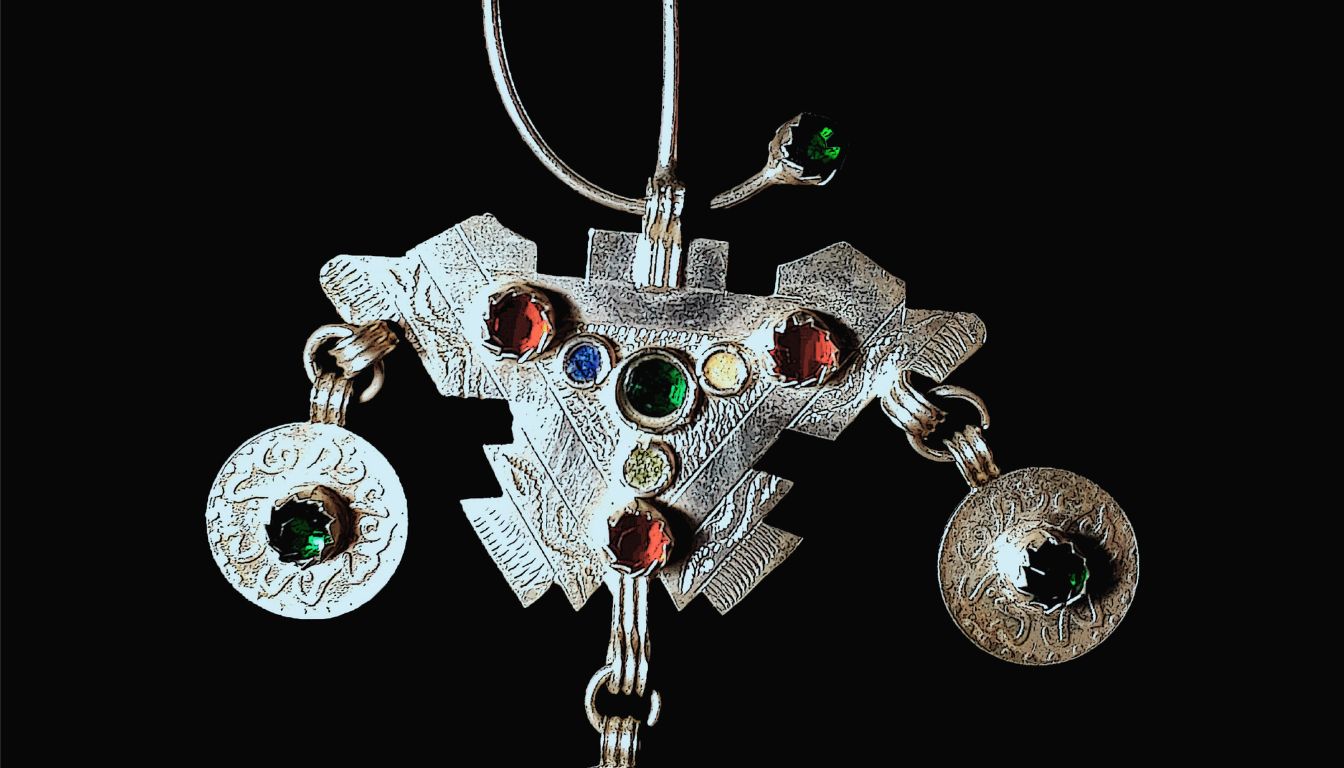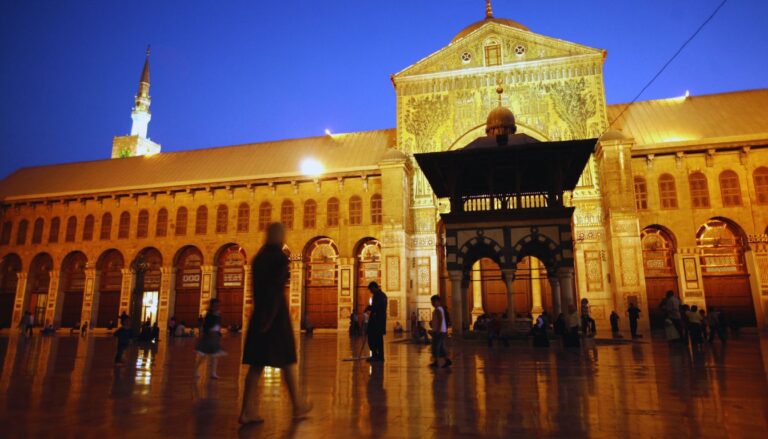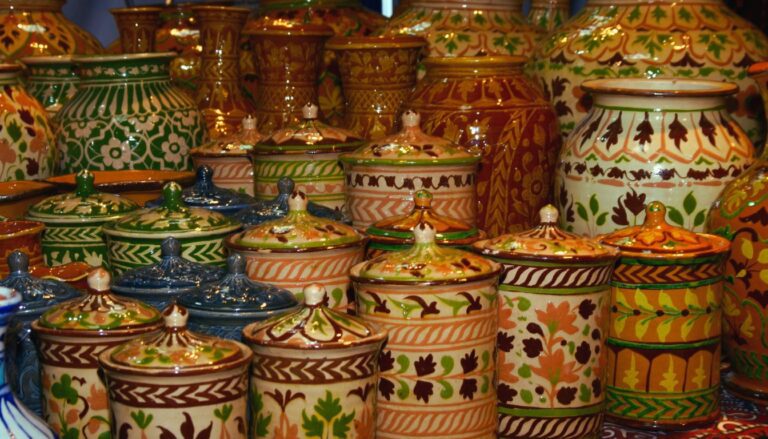Amazigh jewelry is a captivating style of traditional adornments. It has adorned the women of rural North Africa for generations. Skilled indigenous Amazigh silversmiths create these intricate pieces, showcasing a rich cultural heritage.
These pieces vary by region, featuring elaborate triangular plates and pins, delicate necklaces, bracelets, and earrings. Amazigh jewelry is a visual expression of Amazigh ethnic identity. It is also a cherished gender-specific tradition.
Crafted primarily from silver, Amazigh jewelry symbolizes purity and piety. This reflects the deep spiritual and symbolic significance of these adornments in Amazigh communities. The tradition of Amazigh jewelry-making dates back centuries.
Many pieces are passed down through generations. They serve as a form of savings and social status within the traditional economy.
Table of Contents
Origins and Cultural Significance of Amazigh Jewelry
North African Amazigh jewelry has a long and fascinating history. It goes back to prehistoric times. These indigenous peoples have kept their jewelry traditions alive for centuries, blending in new influences while staying true to their roots.
For Amazighs, jewelry is more than just adornment. It’s a way to save for emergencies and show wealth and status. It also represents their ethnic identity.
In Amazigh communities, jewelry tells a lot about a woman’s life. It shows her social standing, if she’s married, and her tribe. These pieces are filled with meaning, tied to Amazigh myths and beliefs.
For example, triangular shapes symbolize the fertility goddess Tanit. Amulets protect against evil spirits from old Arab stories.
Unfortunately, Amazigh jewelry is now mostly worn for special occasions. This shows how important it is to keep their culture alive. The Amazigh culture is vast, with 30 to 40 million people in the region.
Traditional Materials and Craftsmanship
Amazigh jewelry shows the rich culture of the region. It’s made with silver, using skills passed down for ages. Artisans cast and hand-finish to make detailed designs.
Enameling, especially cloisonné, came from Sephardi Jewish goldsmiths. It brings color and uniqueness to Amazigh jewelry. Other materials like coral, amber, and colored glass add to the beauty of these pieces.
The filigrané technique is key in Amazigh jewelry. It uses thin silver wire for intricate designs. Techniques like engraving and niello add depth and complexity to the silver.
Amazigh jewelry is a symbol of pride and Amazigh culture’s lasting impact. Each piece combines natural materials and ancient techniques. This makes Amazigh jewelry a timeless art form.
The Art of Amazigh Jewelry
Amazigh jewelry is a captivating art form that reflects the rich cultural heritage and artistic vision of Amazigh craftsmen. It is known for bold geometric shapes and intricate symbolic motifs. These pieces exude a distinct tribal aesthetic.
Triangles, circles, and rhombuses are common design elements. They often include the iconic Agadez cross, palm fronds, and celestial symbols.
The jewelry combines Amazigh traditions with influences from various cultures. Crafted with great attention to detail, the pieces are often large and elaborate. They feature intricate engravings and vibrant enamel work.
This artistic expression shows the ingenuity and creativity of Amazigh artisans. They have honed their skills over generations.
From delicate filigree to striking statement pieces, Amazigh jewelry showcases the breadth of the region’s artistic talent. The interplay of geometric patterns and symbolic motifs creates a captivating visual language. This language resonates with the cultural identity of the Amazigh people.
This rich artistic tradition continues to inspire and captivate audiences worldwide. It preserves the essence of North African tribal aesthetics.
Silver and Precious Materials
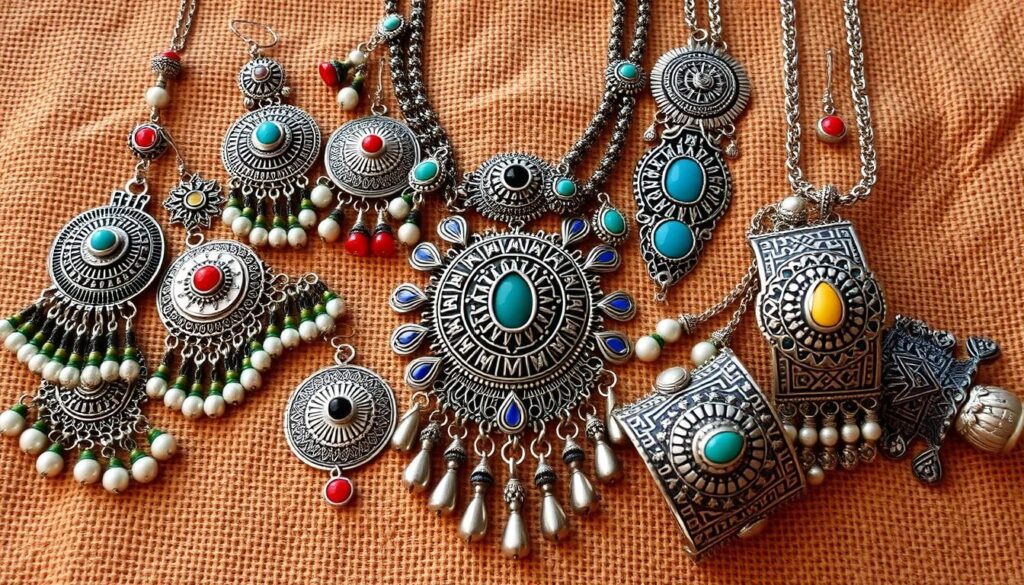
The Amazigh, or Amazigh, jewelry of North Africa is famous for its silver. In the rural Sahara, silver is chosen over gold. This shows their belief in purity and piety. Coral and amber are also prized, often used in Amazigh jewelry.
Glass beads and enamel in bright colors like green, blue, and yellow are common. Some pieces use plastic or opaque glass to look like expensive gemstones. The choice of materials shows what’s available and what each Amazigh community values. Each piece has its own special meaning.
Amazigh women often remake jewelry to fit their style. In Tuareg areas, jewelry is bold and symmetrical, often with the Tuareg Cross. In the Savannah, gold is more common, showing family wealth through gold earrings.
Amazigh jewelry shows the rich culture and traditions of North Africa. From the Sahara’s silver to the Savannah’s gold, each piece has a story. It tells of the Amazigh people’s bond with their land and the importance of precious materials in their culture.
Ceremonial and Social Functions
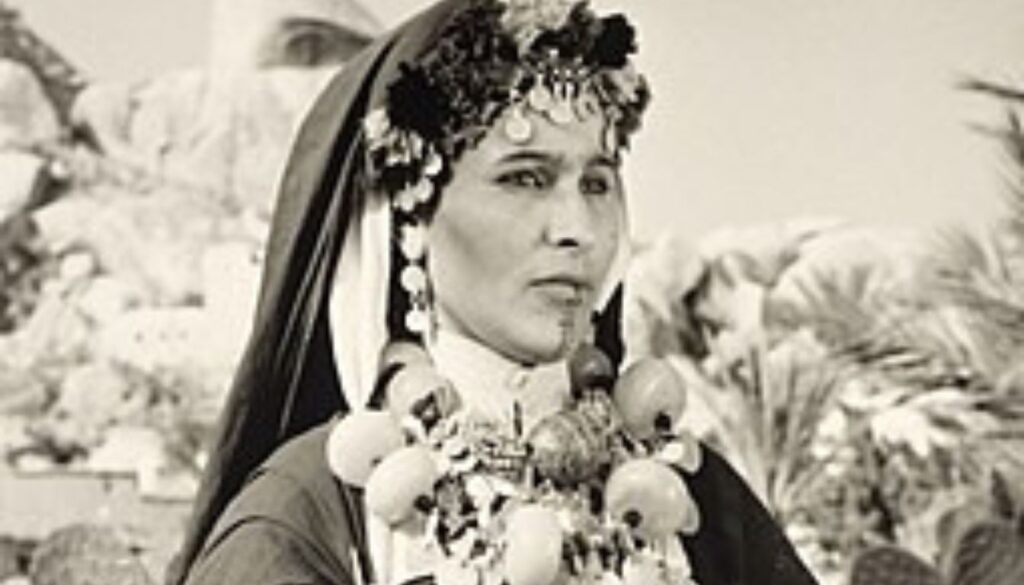
Amazigh jewelry is key in North Africa’s ceremonies and social events. At weddings, brides wear stunning necklaces and headdresses. These pieces are believed to protect and bring luck.
The size and quality of jewelry show a woman’s status and wealth. Items like fibulae are both practical and decorative. They highlight the wearer’s social standing.
Amazigh jewelry mixes heritage, skill, and tradition. Materials like amber and coral show wealth. Thick silver bracelets symbolize strength and life.
Amazigh jewelry is more than just decoration. It holds deep cultural meaning. The designs and colors tell stories of community prosperity and emotions.
Regional Variations Across North Africa
Amazigh jewelry in North Africa is incredibly diverse. It shows the unique cultural and artistic traditions of each area. Morocco’s Anti-Atlas and Tiznit have their own special designs. Algeria’s Kabylie region is known for its enameled jewelry.
In Tunisia, Djerba island’s Amazigh jewelry is full of bright gold and figures. This shows the area’s rich trade history. The Tuareg people of the Sahara have their own jewelry, like the Agadez cross, which is believed to ward off evil.
The different styles of Moroccan, Algerian, and Tunisian Amazigh jewelry are truly rich. They range from the Tuareg’s bold designs to Kabylie’s delicate enameled pieces. These styles give us a glimpse into North Africa’s diverse cultural heritage and the lasting beauty of Amazigh jewelry.
Jewish Craftsmen and Their Influence
The history of Amazigh jewelry is deeply connected to Jewish silversmiths. These skilled artisans greatly influenced Moroccan jewelry-making, especially in cities. They brought techniques like enameling from Moorish Spain and made jewelry for both Amazigh and urban people.
In cities like Fes, Tetouan, and Tangiers, Jewish craftsmen left their mark. They mixed their unique styles with Amazigh designs. This mix made Moroccan jewelry rich and special, showing the area’s cultural exchange.
One key symbol in Moroccan-Jewish jewelry is the Khamsa, or the Hand of Fatima. It protects against evil. The Fibula, once functional, now symbolizes femininity and fertility. These symbols show the deep Jewish influence on Amazigh jewelry.
In the mid-20th century, Morocco’s Jewish population dropped due to emigration. This led to a decrease in crafts like silversmithing. Yet, efforts to revive these traditions are underway. Museums and festivals help keep this heritage alive.
The Role of Color and Symbolism
The colors and symbols in Amazigh jewelry are very meaningful. Each color has a special meaning in the Tamazgha territory. Green means youth and a good life, blue is for calm and peace, and red is for warmth, love, and strength.
The symbols in Amazigh jewelry also have deep meanings. The hamsa or khmissa shape is thought to protect against evil. Circular shapes mean sanctity, like the sky. The palm frond symbolizes abundance and fertility.
These colors and symbols are more than just decorations. They show the cultural beliefs and traditions of the Amazigh people. They make the jewelry a way to express identity, spirituality, and connection with nature.
Keeping these symbols alive is key to preserving Amazigh culture. Today, there are new ways to understand Amazigh jewelry. People are working hard to keep the traditional motifs and their meanings alive for future generations.
Contemporary Preservation Efforts
The Amazigh, or Amazigh, people’s cultural heritage is a fascinating mix of centuries-old traditions. As North Africa’s original inhabitants, they have kept their unique art forms alive. This includes their famous jewelry-making. Efforts are underway to protect this rich cultural legacy for the future.
The Metropolitan Museum of Art in New York City is a key player in documenting Amazigh jewelry traditions. Thanks to donors like Marguerite McBey and Helen Winslow Durkee Mileham, the museum has invaluable collections. These collections not only save the physical pieces but also spark ongoing research and love for Amazigh craftsmanship.
Other groups and individual artisans also work hard to keep Amazigh jewelry-making alive. They focus on preserving the traditional techniques and skills. This way, Amazigh communities can share their timeless traditions with new generations, keeping them vibrant and alive.
A mix of museum curation, cultural heritage projects, and Amazigh artisans’ dedication keeps Amazigh jewelry-making alive. This effort protects the Amazigh people’s lasting legacy. It ensures their cultural heritage shines brightly for everyone to enjoy and honor.
Modern Interpretations and Market Impact
Today, Amazigh jewelry is seen in new ways, mixing old designs with modern styles. These pieces combine classic Amazigh patterns with today’s fashion, appealing to people worldwide. This has made ethnic-inspired jewelry, especially Amazigh-style, more popular.
This trend has helped local economies in North Africa. It lets artisans show their skills to more people. But, it also brings up issues like cultural misuse and keeping Amazigh traditions alive. Finding a balance between honoring the culture and meeting fashion’s changing tastes is key.
By adding Amazigh designs to mainstream fashion, we learn more about the Amazigh people’s art. It also starts talks on how to show these cultural expressions right in the global market. It’s important to keep the true spirit of Amazigh jewelry alive as it evolves.
Discover the must-visit cultural destinations of Amazigh culture

